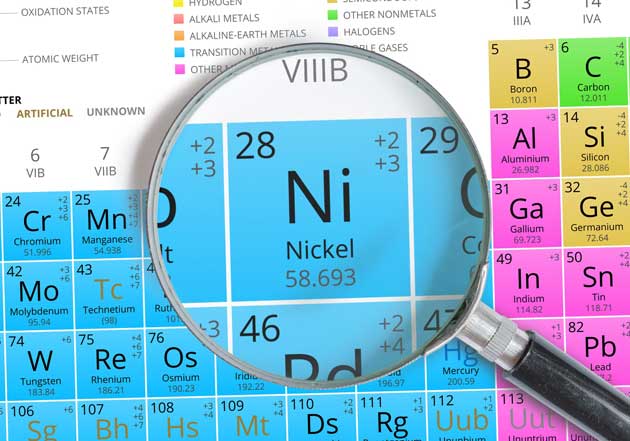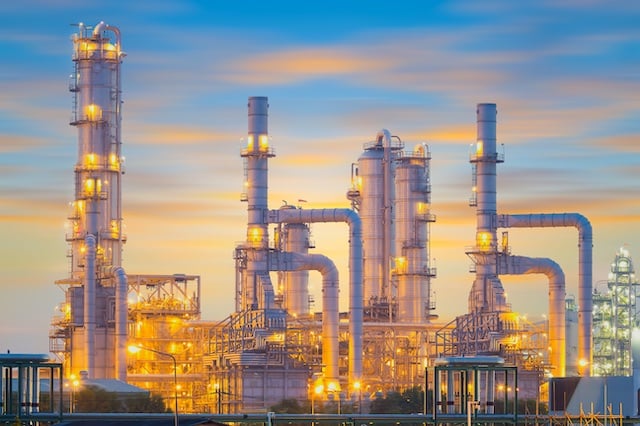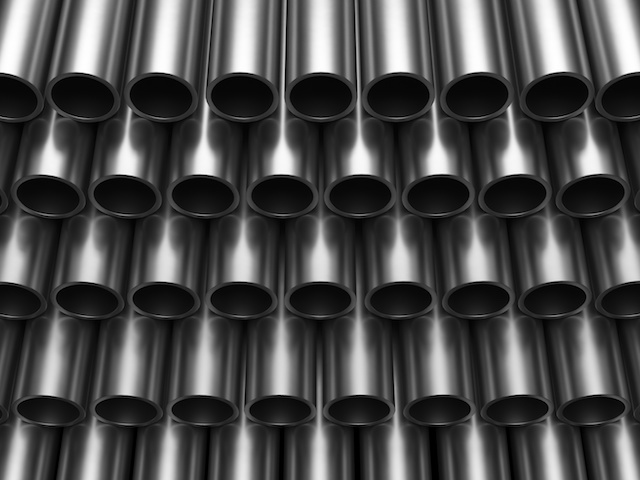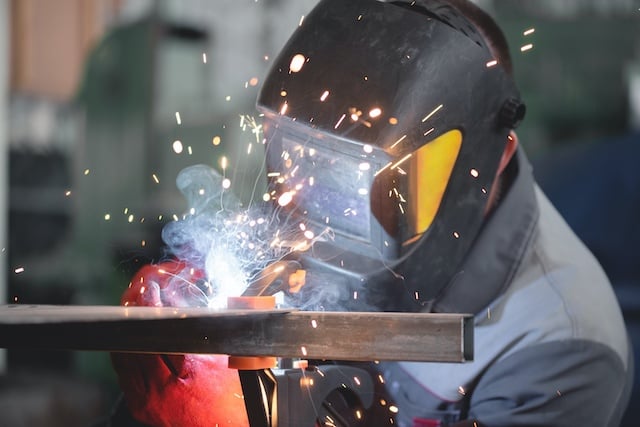
High-performance nickel alloys are commonly chosen for their corrosion- and heat-resistant properties. Therefore, it’s important to know how to work with the materials, especially when it comes to welding.
There are two broad categories of nickel alloy: solid-solution-strengthened alloys and precipitation-hardened alloys. Solid-solution alloys include the MONEL range of nickel-copper alloys or commercially pure nickel, such as Nickel Alloy 200. Precipitation-hardened alloys include INCONEL Alloy 725.
Welding processes
Nickel alloys in both categories can be fusion welded, using common processes like Tungsten Inert Gas (TIG, also known as Gas Tungsten Arc Welding, or GTAW) or Metal Inert Gas (MIG also known as Gas Metal Arc Welding, or GMAW) welding. Sometimes Manual Metal Arc (MMA, also known as Shielded Metal Arc Welding (SMAW)) welding is also used, and occasionally Submerged Arc Welding (SAW), but only for solid-solution alloys. TIG welding is generally preferred for precipitation-hardened alloys where possible.
To get the best results, the shielding gas used is normally argon or helium, or a mixture of both for welding nickel alloys. A argon-hydrogen gas mixture might also be used for pure nickel.
Solid-solution alloys are usually welded in their annealed condition. Given that the area affected by heat (Heat Affected Zone, or HAZ) doesn’t harden during welding, it’s not normally necessary to apply a heat treatment after welding. Precipitation-hardened alloys are usually welded in solution-treated condition – they should be annealed before welding if they’ve been processed in such a way that introduces high residual stress. Precipitation-hardened alloys are more prone to post-welding heat-treatment cracking.
A post-weld heat treatment isn’t usually needed, either thermal or chemical, in order to retain the alloy’s corrosion resistance. However, a heat treatment might be needed for precipitation hardening or stress relieving to avoid stress corrosion cracking in use.
Filler materials
When it comes to welding, the filler material selected usually matches the metal being welded. These fillers usually contain small amounts of other elements to help minimise the chances of cracking. Commonly, these elements include titanium, aluminium or niobium, either individually or as a mixture.
For example, if you’re welding commercially pure Nickel 200, the matching filler metal is a match for Nickel 200 with 3% titanium added. INCONEL Alloy 625, which is known for its excellent fabricability, has a filler metal that is also used in cladding and dissimilar alloy welds.
Potential pitfalls
There are some considerations when it comes to welding nickel alloys. It’s important, in the first instance, the surfaces are cleaned thoroughly before welding. Materials need to be free of any foreign materials, such as workshop dirt, marking ink or grease.
Common problems that might be experienced during welding include porosity, which can be from surface oxide or surface contamination. Following the above cleaning process should eliminate some of the risk, as will selecting the right filler material. Porosity is less likely to occur in chromium-bearing nickel alloys.
Another issue to be aware of is weld metal solidification cracking, which can be caused by the welding speed used or poor technique.
View the whole Corrotherm nickel alloy range here, and contact us to find out how we can help supply your business.
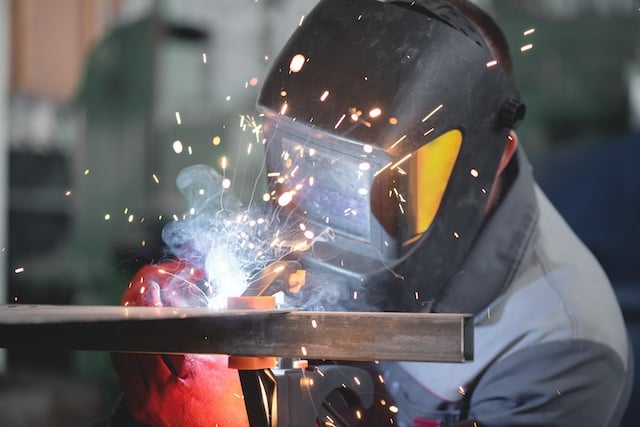 Weldability of nickel alloys – a guide
Weldability of nickel alloys – a guide